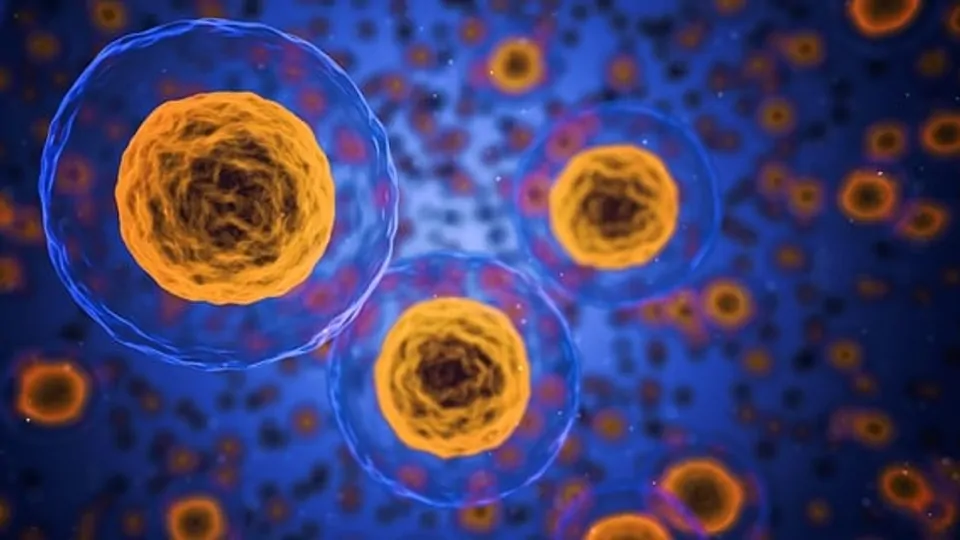Scientists from Rice University have made a groundbreaking discovery in cellular communication by utilizing light-activated molecular machines to trigger intercellular calcium wave signals. This novel approach offers a powerful strategy for controlling cellular activity and opens up new possibilities for treating heart problems, digestive issues, and more, as reported in Nature Nanotechnology.
Traditionally, drugs have relied on chemical binding forces to initiate specific signaling cascades in the body. However, this pioneering study, led by chemistry graduate student Jacob Beckham, demonstrates the innovative use of mechanical force generated by single-molecule nanomachines to achieve similar results, heralding a new era in drug design.
The research team employed small-molecule-based actuators that rotate upon exposure to visible light, successfully inducing a calcium-signaling response in smooth muscle cells. The implications of this discovery are far-reaching, especially in cases where conscious control over involuntary muscles, such as the heart and muscles lining veins, arteries, lungs, and intestines, is limited.
James Tour, Professor of Chemistry and Materials Science and Nanoengineering at Rice University, expressed the potential impact of this breakthrough. By precisely stimulating heart muscle cells, scientists can propagate signals to neighboring cells, offering targeted molecular control over heart function, potentially alleviating arrhythmias.
The team achieved remarkable results by employing quarter-second-long light pulses to activate the molecular machines, effectively controlling calcium signaling in a cardiac myocyte cell culture, prompting inactive cells to start beating. The molecules acted as nano-defibrillators, stimulating heart muscle cells into action.
The ability to manipulate cell-to-cell communication in muscle tissue holds immense promise for treating various diseases characterized by calcium-signaling dysfunction. For instance, patients suffering from paralysis often experience significant digestive issues, and this technology could provide a chemical-free approach to induce muscle contractions, offering relief.
Intriguingly, the molecular machines extended their influence beyond individual cells, demonstrating the same calcium-based cellular signaling mechanism in a live organism—a freshwater polyp known as Hydra vulgaris. This feat marked the first example of employing a molecular machine to control an entire functioning organism.
Cellular responses varied depending on the type and intensity of mechanical stimulation. Fast, unidirectionally rotating molecular machines triggered intercellular calcium wave signals, while slower speeds and multidirectional rotation showed no effect. Furthermore, the intensity of light allowed scientists to fine-tune the cellular response.
James Tour’s lab has previously demonstrated that light-activated molecular machines can combat antibiotic-resistant bacteria, cancer cells, and pathogenic fungi. This research expands their capabilities in a new direction, inspiring fearless creativity and ambition in their pursuit of innovative projects.
As the team advances, they are exploring ways to develop machines with better light penetration for more profound effects and gaining a deeper understanding of molecular-scale actuation of biological processes. With this groundbreaking technology, the future of cellular communication and disease treatment looks brighter than ever.
By Impact Lab


